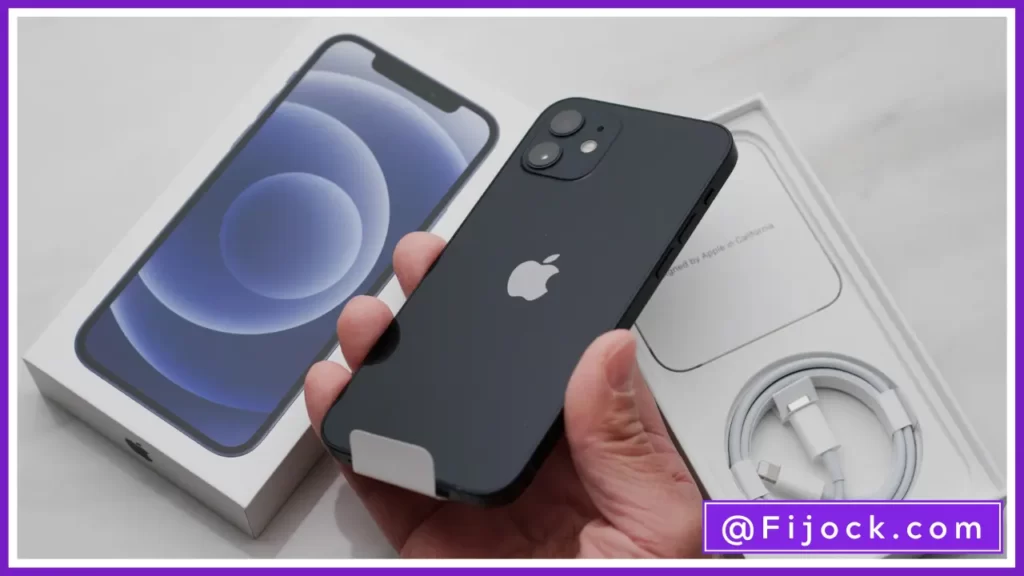I’m not alleging Apple’s new phone copied Android phones, but I spotted several similarities during the Far Out speech. Always-on display and ProRAW mode are comparable to Samsung and Google Pixel capabilities. Dynamic Island reminds me of a long-gone LG feature. Apple’s method uses a “hole punch” in the display in a smart way.
Here are some of the iPhone 14’s “copy-cat” features. Apple was first with a few key things we hope Android embraces.
Always-on display
Samsung’s always-on display debuted with the Galaxy Note 7 in 2016. It originally touted as a lock screen that showed the time, alerts, or a calendar, but it’s since been expanded to incorporate graphics and other information. On the original Note 7, you could take notes with the S Pen without awakening the AMOLED screen and draining the battery.
Samsung, Google, OnePlus, and other Android OEMs use always-on displays and offer customization. Android users have a different option than Apple’s always-on display. Apple’s always-on display is more dynamic than Samsung’s, and iOS 16’s new configurable lock screens let you choose between setups.
Dynamic refresh rate
Since more manufacturers started using 120Hz from the start, Android’s premium phones have featured dynamic refresh rates. High refresh rates kill battery life, thus Android OEMs used dynamic refresh rates to save power. OnePlus 9 Pro was one of the first Android flagships to provide 1Hz battery saving. The Galaxy S22 Ultra and other Samsung phones provide this.
Apple’s dynamic refresh rate, ProMotion, was limited to 24Hz in the iPhone 13 Pro and Pro Max. The iPhone 14 Pro can display at 1Hz.
Read Also:

Detecting car crashes
The true reason automobile collision detection exists is gruesome and sucky. Now that I know that, I’m happy that Pixel smartphones and Apple iPhones offer a mechanism for your smartphone to immediately summon emergency services after a car collision. Hope you never use this function.
Apple stated that the iPhone 14’s enhanced gyroscopes will detect vehicle crashes. Google introduced auto collision detection on Pixel phones years ago. Personal Safety is a Pixel-only app. Like Apple’s version, you may set up an Emergency SOS option to send for help and disclose your position. Automatic crash detection is also available. If you don’t react, your Pixel phone will contact 911.
ProRAW images
I’m wondering about the iPhone 14 Pro’s ProRAW mode. The function lets you use the new phone’s 48-MP camera sensor. This function enables you utilise the primary camera as if it were a DSLR in your pocket. The only prerequisite is RAW file editing skills.
Samsung’s Galaxy S22 Ultra introduced this function this year. With the Ultra’s 102-MP camera, I could shoot in full megapixels mode. However, it doesn’t shoot RAW and outputs JPEG. If you want completely editable photographs with Samsung’s smartphone, you must manually enable RAW.
eSIM
The iPhone 14 will be the first Apple smartphone to come without a SIM tray in the U.S. and Canada. Virtual SIM card technology.
Google launched the eSIM with the Pixel 2 in 2017 to promote Google Fi. The Galaxy S22 series and foldables enable eSIM. Samsung updated earlier devices with the feature. Apple’s determination to go all in on eSIM and not have a SIM slot, like Android phones do, is brave when many customers are only learning about the technology. It will be fascinating to watch how soon U.S. carriers take on and if they make it easier to remove SIM cards. Next year’s Android smartphones may not have a SIM tray.

